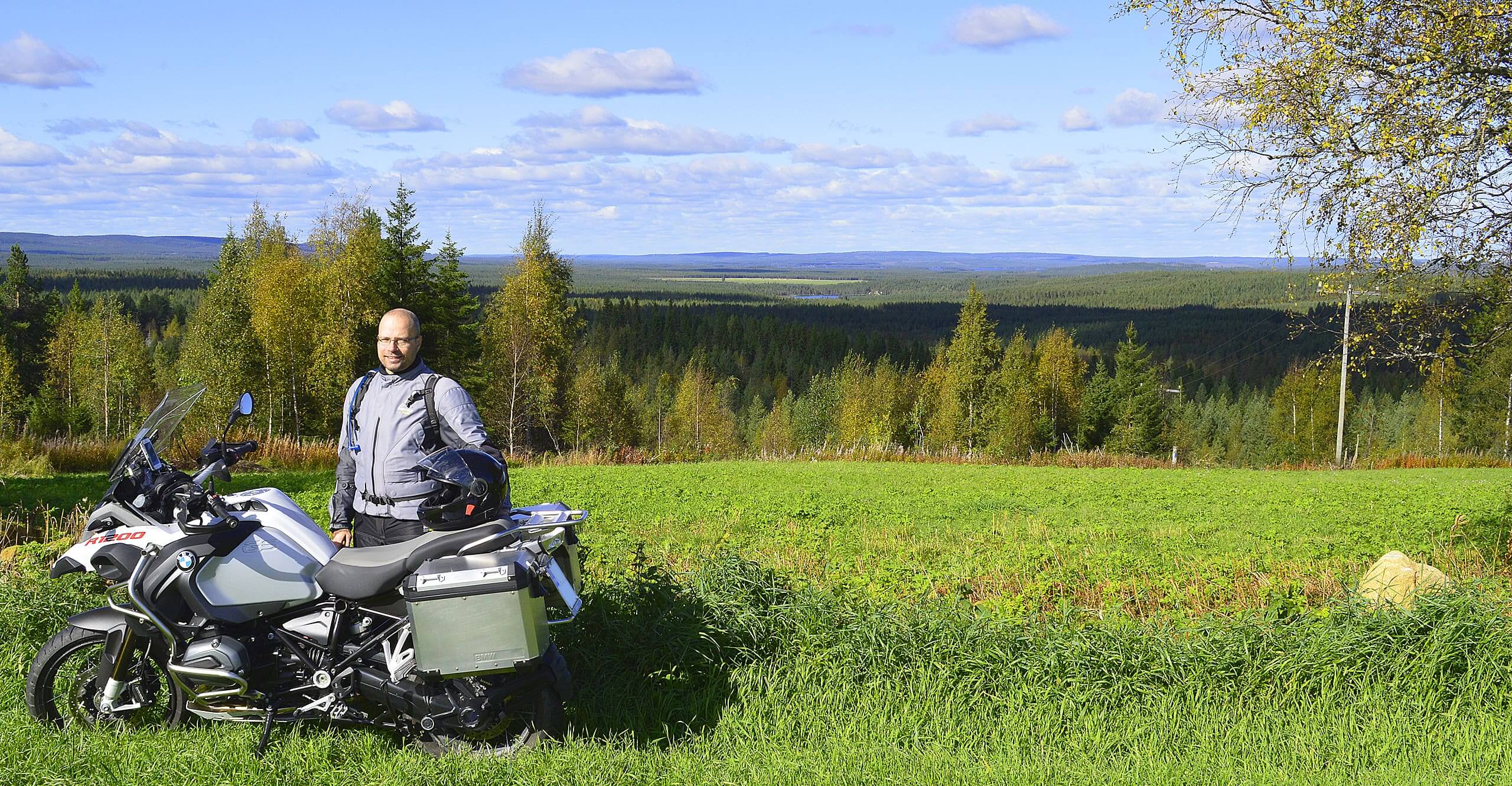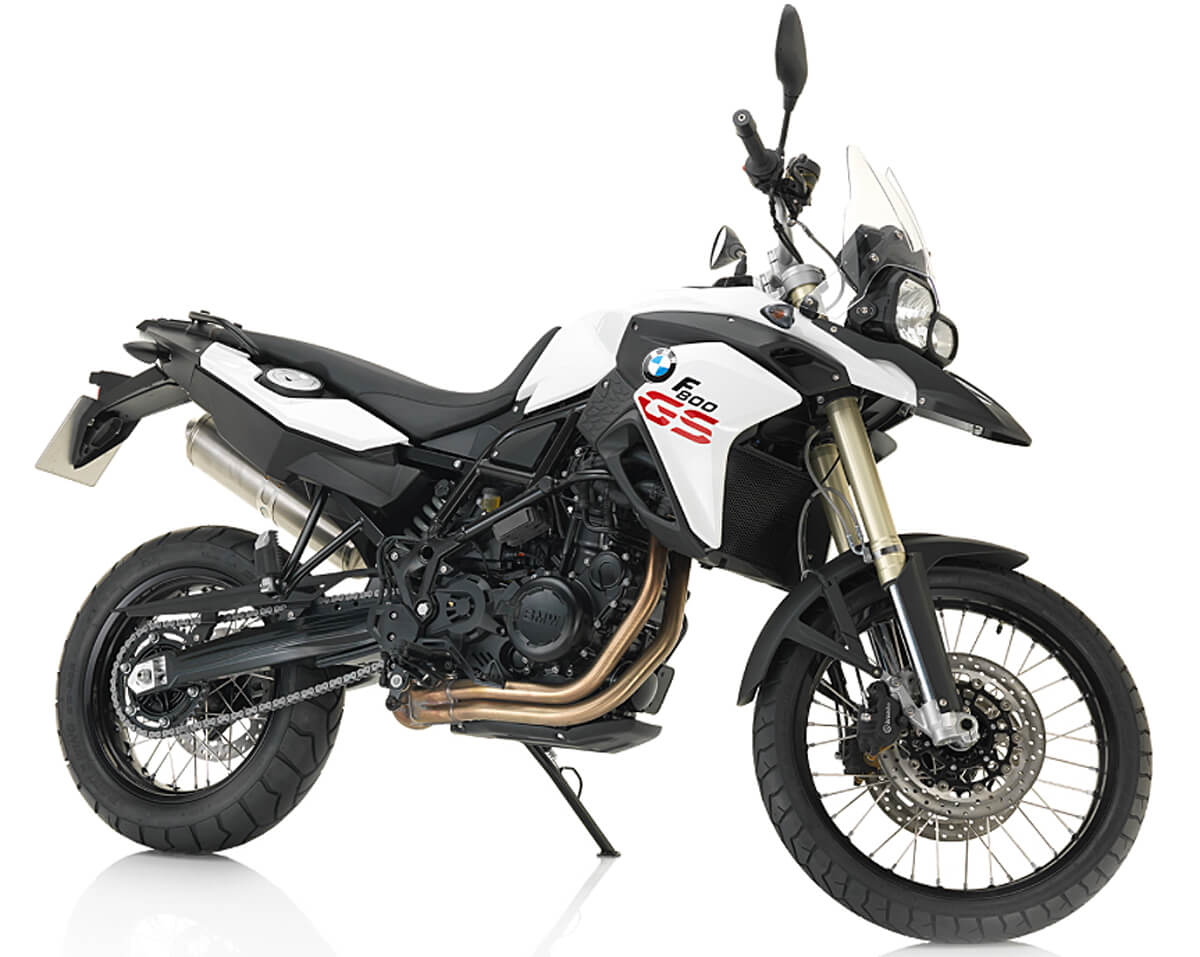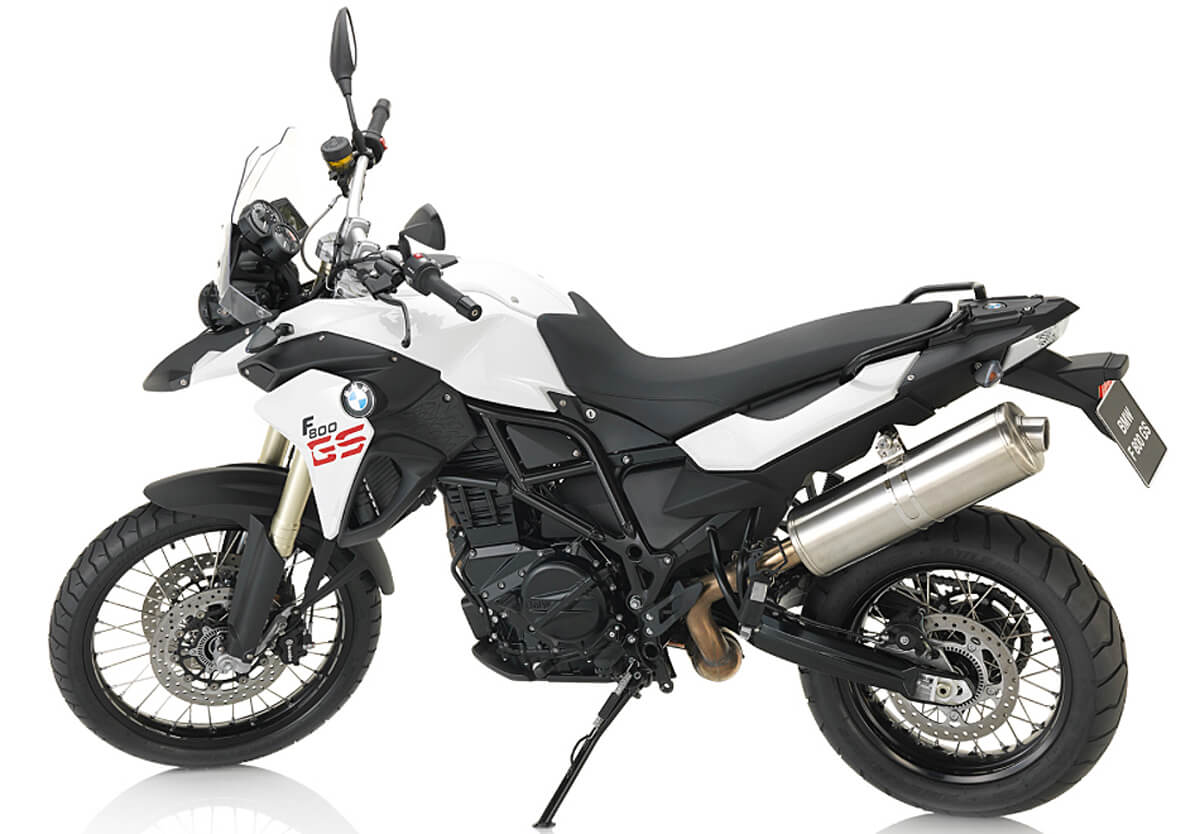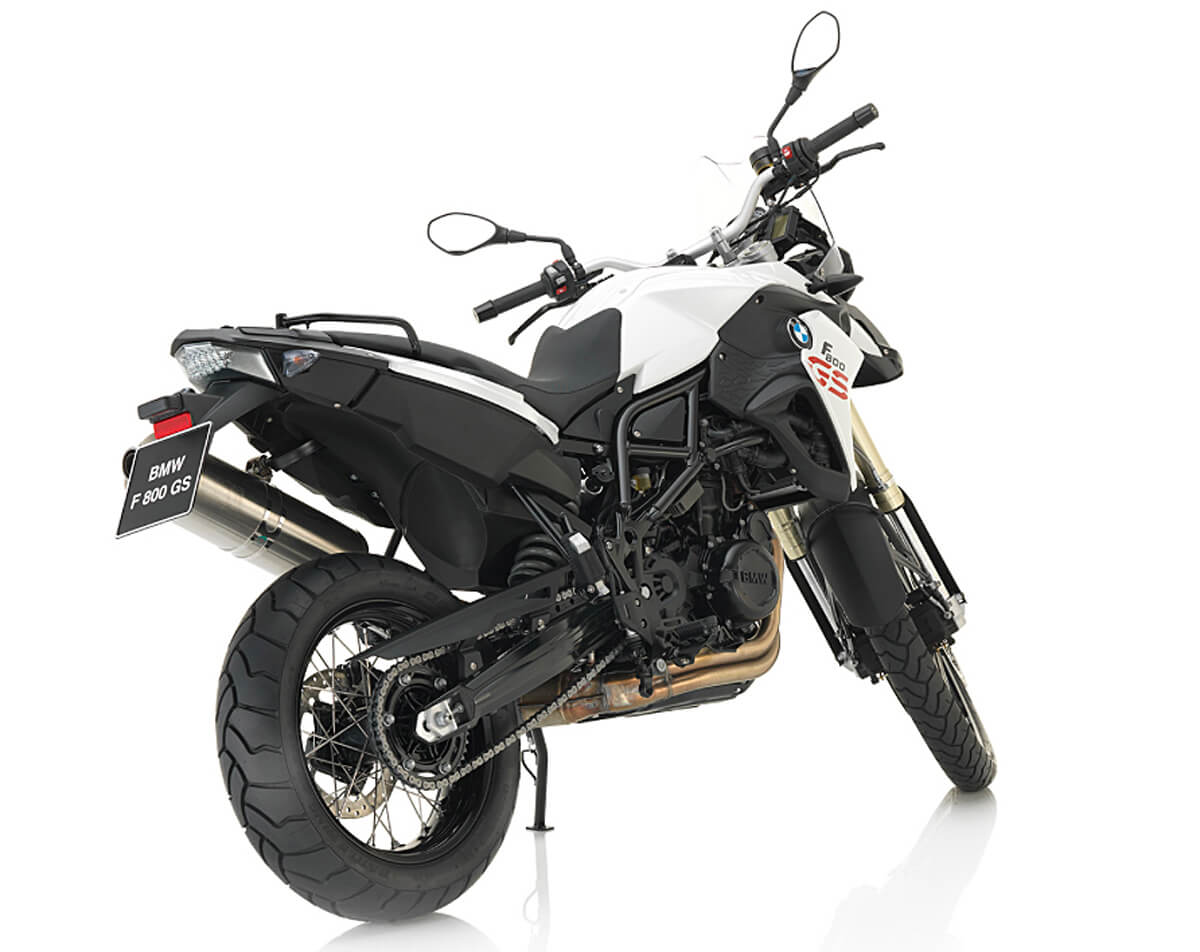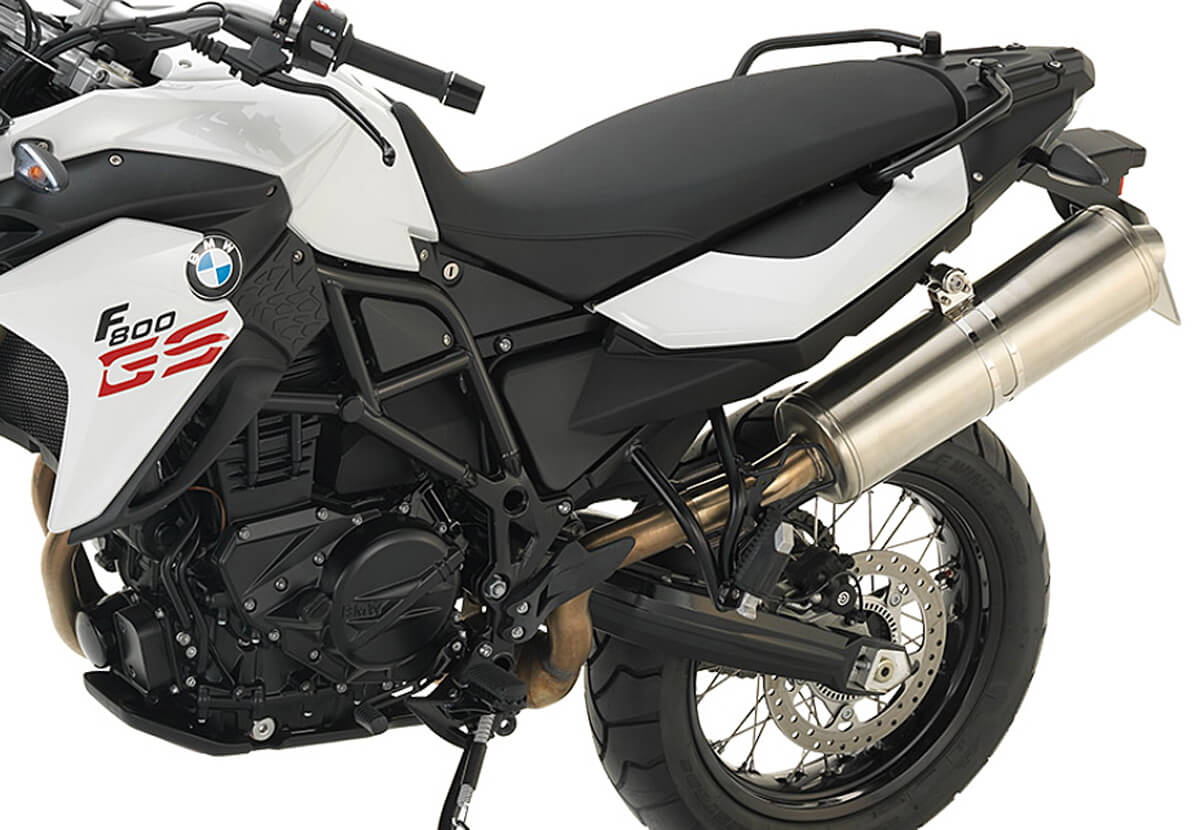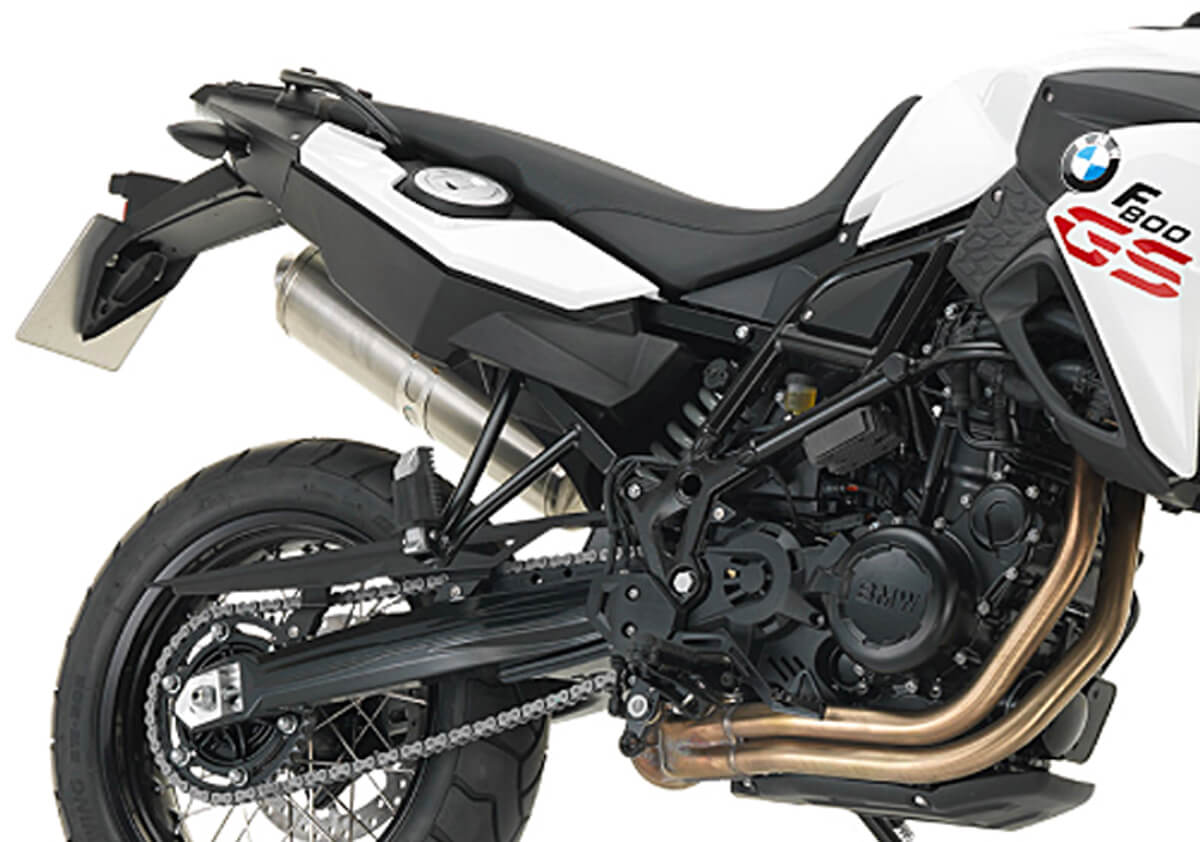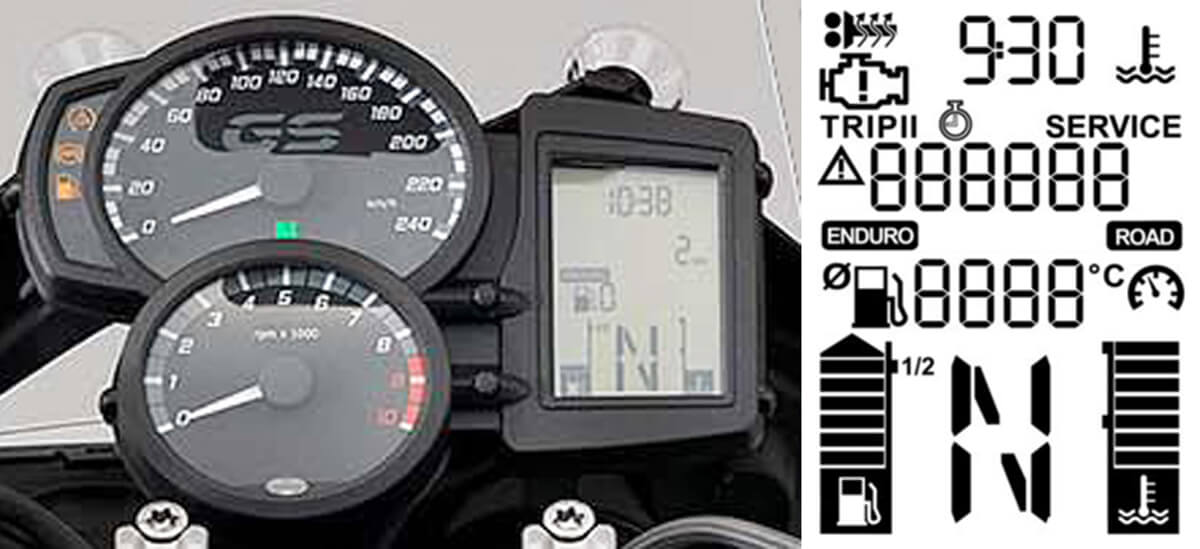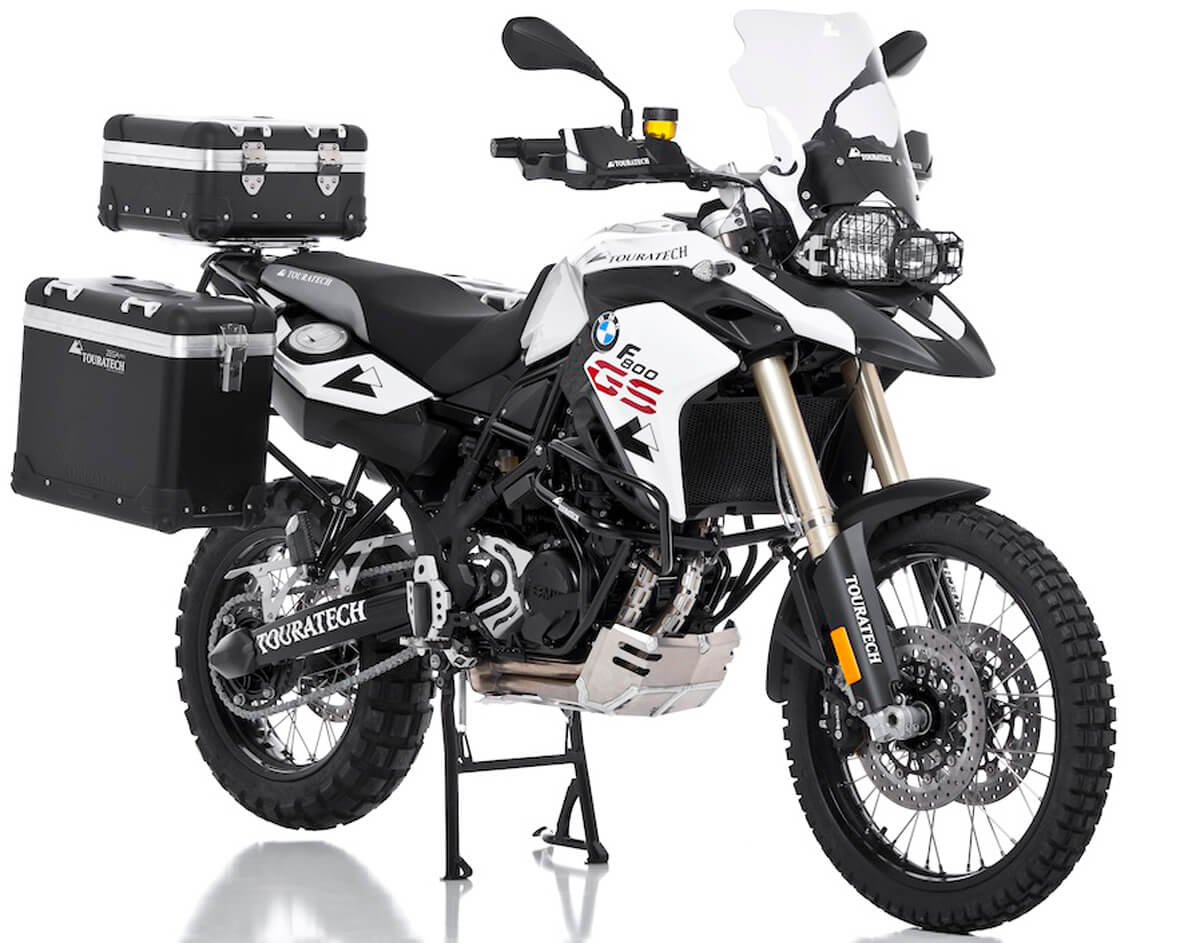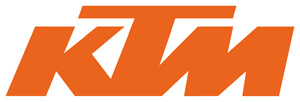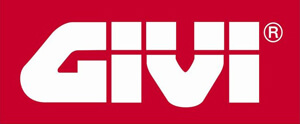BMW F800 GS 2015 Touring Motorcycle
BMW F800 GS 2015 is a very interesting adventure touring motorcycle in the medium size dual sport segment. The 800GS is very competitive for solo riding and demanding offroad conditions. The basics are very much in order, but the average size fuel tank limits the range. The 800GS carries a significant payload and it`s one of the best tune up alternatives on the market. The equipment producers keep very close eye on the 800GS. The standard setup is very modest and suits for everyday biking at the best. Nevertheless, the BMW F800GS 2015 has a huge adventure touring potential and an option to avoid the stability control technology which translates to simplicity and an efficient package, making a lot sense. The factory offers additionally a hard core adventure touring version a BMW F800 GS Adventure 2015 with an extensive fuel range.
The BMW F800 GS 2015 is a very dynamic dual sport enduro which is easy to handle on every surface with proper tyres. The package is also very good for beginners. The combination of engine performance and proper offroad handling is one of the best for adventurous routing and the 800GS reaches the most from that perspective. Nevertheless, the 800GS is not a dirt bike, nor good for aggressive trail riding in the most challenging conditions. The key advantages are 21inch front wheel, cross spoked rims and off switchable ABS, but also relative low overall weight and proper ergonomics. The 800GS disadvantages come from the average size fuel capacity which leads to even heavier rear end with the reserve canisters and lighter front wheel. The parallel twin engine is not very sporty with a load and hardly competitive for touring with a passenger. Although the BMW F800 GS 2015 payload capacity is high enough for two. The standard windscreen is very modest and provides no real wind protection. The foot pegs are just fine for the urban environment, but basically useless in offroad conditions. The single piece seat is not adjustable and hardly ideal for long highway stretches, but it`s useful in active offroad riding and there are alternative seats.
BMW F800 GS 2015 Motorcycle Features
The BMW F800 GS 2015 ergonomics are basically very good, but require a little bit tuning from the touring point of view. The wide handlebar fits well for offroad riding and calms the steering, but the street type of foot pegs are very slippery when wet or muddy. Therefore proper offroad pegs with larger support surfaces provide more safety and comfort. The 800GS single piece seat is not adjustable, but it`s functional in active offroad riding. The seat is not designed for constant highway cruising, but still better than the most. The front end of the seat is narrow and it`s not limiting leg movement when maneuvering in standing posture. The narrow seat allows also better reach to the ground. The BMW dealers have several seat alternatives to offer and the equipment producers few more. Earlier there was a suspension lowering kit which made a significant difference. Today this is often done with an ESA suspension kit. Nevertheless the BMW F800GS 2015 is one of the the strongest candidate for all kind of riders.
The BMW F800 GS 2015 water cooled twin cylinder engine delivers very reasonable and linear torque which is enough for offroad solo riding with a fair amount of payload, but very modest when riding on two close to the maximum payload. The 800GS is not ride by wire throttled which means also that there is no cruise control. As long as riding is active from nature, no-one is missing the cruise control, but most of us use the bike in everyday life too and would benefit from a CC. Therefore the cruise control should be available for every single touring bike. The BMW F800GS 2015 twin requires at least the regular fuel, but the factory offers as optional extra low octane fuel settings. Since this is simply an additional fuel mapping chart, it should come free of charge on top of the deal. I am sure that a lot of us are not paying attention to it, but I think it should be a STD feature for every single allroad capable motorcycle.
The BMW F800 GS 2015 can be equipped with an electronic stability control system – ASC. The system monitors the wheels and spin differences together with the ABS. The stability control system is designed for throttling management in normal road conditions, but unable to assist with excessive engine back braking torque and it will automatically shut down when confused. The ASC has a special offroad mode which would get confused when used on the road. Therefore the 800GS rider is bound to change the settings according to the conditions. This can be annoying little detail which makes the ASC less interesting from the adventure touring and offroad riding point of view. Alone the ABS creates enough unnecessary arrangements with the automatic reactivation after every single engine start. The 800GS twin is already very resilient and the power in question would be soon in control. The electronic suspension control system – ESA could be installed to the 800GS. Those who hardly ever take the bike in offroad conditions would clearly benefit from it and in most of the cases the ESA would be valued when selling the bike, but I would rather spend the money for basic touring accessories. The key BMW F800 GS 2015 features are:
- Seat height 880 mm. or 34.7in.
- Cross spoked rims
- Tyres 90/90 – 21 and rear 150/70 – 17
- Engine type parallel twin cylinder
- Max performance 85HP and 83Nm. or 61.2ft-lb.
- Alternator 400W
- 12V cockpit power outlet
- Electronic immobiliser system EWS
- Chain driven
- ABS (off switchable)
- Weight fueled 214kgs or 471.8lbs.
- Payload 229kgs or 504.9lbs.
- Fuel tank 16L, 4.2USgal., 3.5UKgal. (min. 95RON – 89AKI)
The BMW F800 GS 2015 has an average alternator capacity which is not much when using few travel electronics, grip warmers and auxiliary fog lights at the same time. The 800GS has a 12V power outlet in the cockpit, but another wire for a GPS navigator would be in order. The 800GS rider has to be reasonable with the power consumption and if auxiliary fog lights are used, I would always go with the LED technology and save some of the juice for the travel devices.
BMW F800 GS 2015 Rear End Fuel Tank
The BMW F800GS 2015 rear end fuel tank is rather small for long stretches and remote exploring, especially with a thirsty touring payload. By having two reserve canisters such as ROTOPAX attached in front of the side panniers, the range could be extended above 500kms or 310 miles. The fuel station network could be thin at the backcountry and sudden changes could surprise the traveller. Note that the factory fuel consumption naturally changes with a real touring payload and in offroad conditions.
Along with the BMW F800GS 2015 fuel tank two disadvantage come up. The weight distribution is less ideal since most of the payload is anyhow placed at the back and less weight is placed closer to the center of gravity. The offroad handling becomes less agile with the full load and it puts more pressure on the rear wheel making the front wheel and steering lighter than expected. This phenomena is very typical for small and medium size touring enduros and only something to keep in mind. Note that having the two reserve canisters on board, the passenger has less space for the feet and there is less luggage capacity from the maximum payload point of view. Therefore the BMW F800GS 2015 would not be my first choice for traveling on two. The rear end fuel tank has also a quite unusual shape which complicates measuring the volume. The fuel gauge starts to count first time from a half a tank and when the level drops down to the reserve, the volume is again hard to measure. This is not a big problem. The basic onboard computer can be upgraded with a reserve counter and the STD features include 2 trip counters. On top modern GPS navigators would provide additional assistance with the fuel monitoring.
BMW F800 GS 2015 Instrumentation
The BMW F800 GS 2015 instrumentation is rather traditional and offers analogue speed and tachometer with warning symbols. The standard setup includes a LCD display with a modest onboard computer. In combination with a proper GPS navigator, the basic instrumentation is quite sufficient, but I would recommend to negotiate the software upgrade on top of the deal, mainly due to better fuel monitoring features. The key BMW F800 GS 2015 instrumentation and LCD display features are:
- Time
- Overheating indicator
- Odometer
- Trip 1 & 2
- Service due indicator
- ASC mode in use (optional)
- Coolant temperature bars
- Fuel level (limited)
- Grip heater levels (optional)
The BMW F800 GS 2015 onboard computer upgrade brings extra support for fuel monitoring and traveling. The gear in use reading is sometimes useful e.g. when approaching the red lights and not braking with the engine. Now the rider could be more than a gear behind to continue right away if the lights suddenly change back to green and the rider has not counted gears in mind. The outside temperature reading is also a practical help to estimate pro actively what would be the optimal amount of mid layers before the ride becomes uncomfortable. The BMW F800 GS 2015 onboard computer upgrade offers additionally:
- Average speed
- Average fuel consumption
- Current fuel consumption
- Fuel reserve counter
- Air temperature
- ICE warning
- Gear in use
BMW F800 GS 2015 Motorcycle Equipment Accessory
The BMW F800 GS 2015 could be easily tuned up for a rough adventure and the GS has one the largest accessory offering in the world. A lot can be done at the BMW dealers, but first take a close look at the equipment manufacturers`s offering. There are even additional fuel tanks to extend the range and counter balance the rear end payload. The windscreen is very short and provides no wind cover what so ever. The BMW dealers have a taller OE touring windshield with additional support bar, but there are plenty of alternatives in the equipment producers`s selections. A set of hand guards would be always good to install and depending on the climate in question, the right size could be determined.
If the BMW F800 GS 2015 seat is not at the right height, there are several alternatives. The BMW offers 40 mm. (1.6in.) higher and 30 mm. (1.2in.) lower seats (820 mm. or 32.3in.), but also a 15 mm. (0.6in.) higher comfort oriented touring seat. The TOURATECH had a special lowering kit to bring the seat 70 mm. (2.8in.) down, but naturally it has an effect on the side and the center stand too. The street type foot pegs are useless and wider offroad pegs support the feet much better. At the same time I would also change the standard foot brake lever to a quick tilt adventure lever which is designed for braking in standing posture. A side stand foot extension supports the bike in offroad conditions much better and a center stand makes chain maintenance easier. Although a chain oiler could help a lot.
The BMW F800 GS 2015 needs a lot more protection for offroad conditions. A proper skid plate would protect the engine and the exhaust pipes below. The radiator is rather wide and requires taller crash bars and a stone guard in front of it. The crash bars provide a good place to install a pair of LED fog lights for better visibility and further safety. Note that the average size 800GS alternator produces a moderate 400W which is not a lot for touring purposes and installing additional halogen lights could easily lead to sudden battery failures. In offroad conditions small stones fly all around and the head light should be covered with a guard that could be also quick removed e.g. at the gas station for cleaning. Besides the stones, also thick dirt can be in wrong places a heating problem and therefore a mud guard extension for the BMW F800 GS 2015 front fender would be in order.
The BMW F800 GS 2015 travel accessories could include a set of aluminium side panniers or a large saddle bag such as the Giantloop, but I would not install any rear top cases unless they are used mainly in everyday biking or urban touring. The rear top case would reduce the agility a lot. The taller OE touring windscreen comes with a support bar and allows to mount the GPS navigator above the gauges, providing the best readability. Alternative solutions usually have no support bar, although they may offer the same wind coverage.
Share Your Passion On
